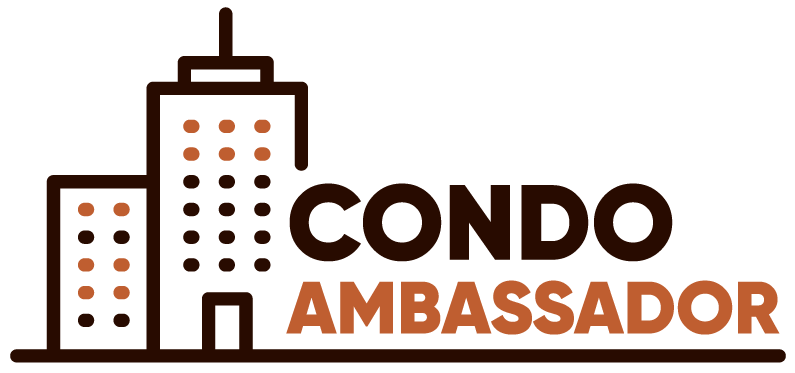Pros:
1. Smaller initial payments from signing to occupancy. Typically, there are 6 or 7 small installments over 3-4 years for the total 20% down payment. This option can be ideal for first-time homebuyers and investors.
2. You will have a brand new home.
3. Customization options for décor and interior design, including color selection.
4. Access to the latest interior and exterior trends, architectural features, and building amenities.
5. Lower maintenance fees due to fewer repair and maintenance issues in the building.
6. The price is fixed; there’s no need to bid to win.
Cons:
1. No actual “product” until 3-4 years later when construction is completed, renderings are not necessary to be the real product to be delivered
2. Floor plans could potentially change during the project’s development after the sale
3. Higher risk especially more builders claim bankrupts and project cancellation and Tarion’s deposit protection is up to $20,000 maximum
4. Limited Tarion deposit protection, with a cap of $20,000
5. Certain limitations on renting, selling, and assignment before title transfer during interim occupancy.
6. Occupancy fees will need to be paid to the builder before title transfer and taxes could be applied
7. Health and convenience concerns may arise, as you may need to live in a dusty building still under construction during the early stages of interim occupancy. Additionally, deficiencies may need to be fixed, and building amenities may not yet be available for use







